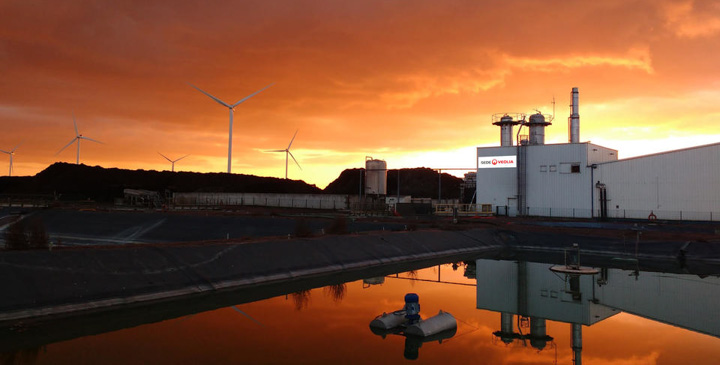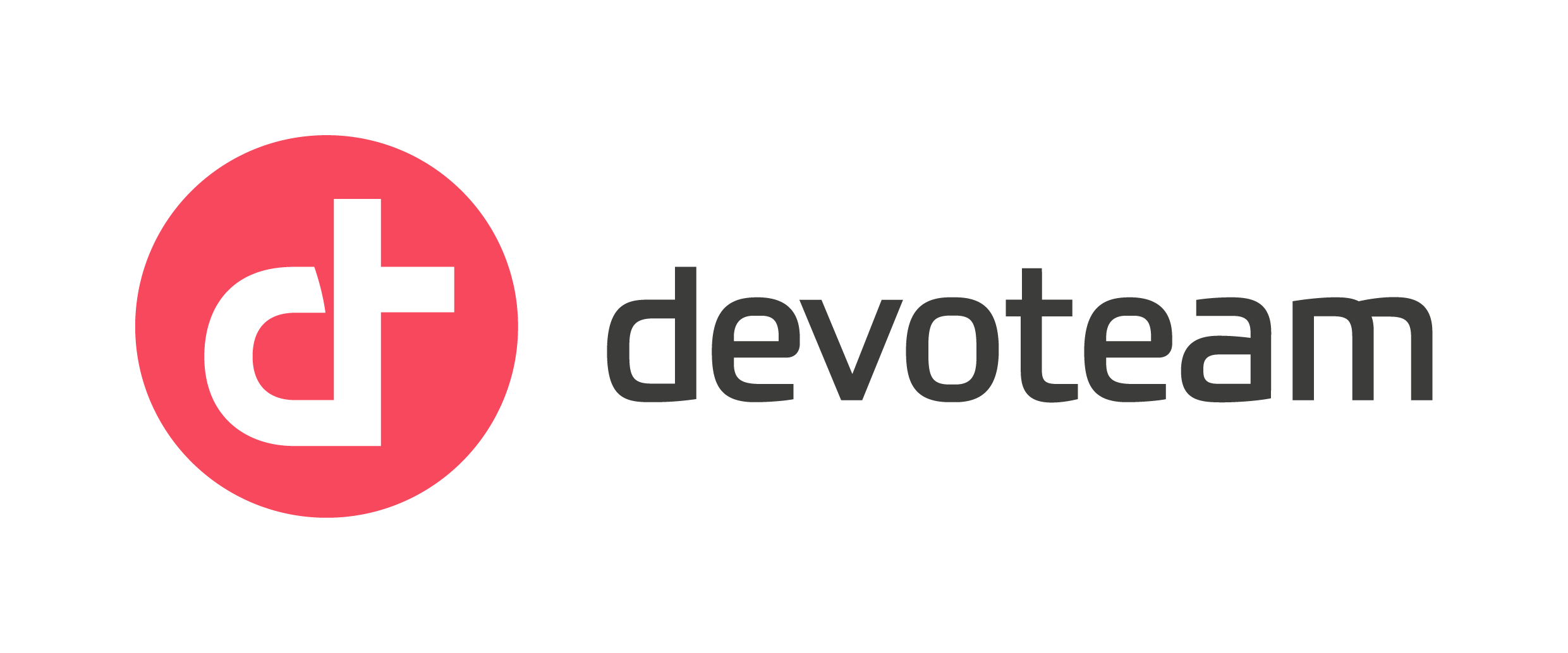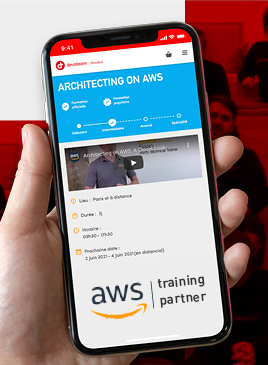SEDE VEOLIA improves waste recovery operations with AWS Cloud and IoT

As part of Veolia group’s Move 2 Cloud migration program, SEDE, a subsidiary specialized in the multi-channel processing of organic and mineral waste, migrated all of its business applications to the AWS Cloud. Gilles Bonidal, CTO at SEDE Environment, answered our questions on the context and the benefits of this migration, and outlines the program specific to Data, with the creation of a Datalake and data processing from mobile machines using AWS IoT Core.

Gilles Bonidal covers a wide scope: Applications, Network, servers, ICS, Mobility, Support, Projects… With a team of 12 people, he is in charge of maintaining the legacy systems in operational condition and the implementation of the Move 2 Cloud and Digitalization roadmap.
Could you please tell us more about the context of the migration to the Cloud?
SEDE is a subsidiary of Veolia and the Move 2 Cloud program is a global trajectory for the Group. However, each entity determines how fast to go to the Cloud, and for SEDE the Cloud is a real opportunity. We are indeed a small structure with relatively few resources and therefore few skills in datacenter management, so going to the Cloud allows us to overcome the constraints of managing our own datacenter.
We wanted to take advantage of this opportunity to move forward and help increase the resilience of our infrastructure. It was not a logic of cost, but a logic of availability and security. However, our industrial context does not allow us to run all our servers in the Cloud: we have many automatic machines, and their control requires a solution that is as close as possible to machine tools.
What applications and data are outsourced to the cloud?
Our ERP is now in SaaS and we are gradually migrating all of our business applications to the AWS Cloud. We did not choose a lift and shift migration: the applications are refactored for the Cloud. For example, our historical business application was migrated to AWS.
After this project we started to migrate smaller applications, which are also adapted to take advantage of the AWS Cloud. Managed services allow us to significantly reduce the burden of monitoring the applications. OS, security … everything is much simpler once you’ve migrated. For example, on our Alfresco platform, we do not operate anything outside of the application layer. And for new projects, we favor Amazon services rather than IaaS.
What are your constraints and how does the Cloud allow you to meet them?
SEDE is a group of companies, of which SEDE France and SEDE Benelux are the most important. On the three main entities, we have a dozen different jobs, and as many different applications and needs. We manage a lot of applications used by a wide variety of populations, and who work in places with low network availability. For a Cloud environment, this is a strong constraint. So we had to back up our migration to an SDWAN project to take advantage of the best possible network locally: our sites are connected in fiber, 3g, or satellite.
The Cloud provides our users with the ease of being able to work securely, anywhere, anytime and from any machine on all the applications they need. For us, this is a technical change that makes operations easier and for users it makes everyday life easier and increases their productivity.
What benefits have you seen since migration?
Resilience is obviously a benefit, and the move to the Cloud has made the work of IT teams easier. On the user side, itinerant people, who represent a large part of the workforce, have noticed a gain in accessibility: their application is available regardless of the machine.
As the applications have been completely refactored, there are also benefits in terms of functionality, ergonomics and performance. We left the Citrix ecosystem to provide our users with an experience that better fits their personal use. Offering web / smartphone applications rather than a heavy Windows application guarantees better user acceptance. For example, for our mapping system we went from a client under Windows 95/98 to a web GIS accessible from a smartphone or a tablet.
Having a user-friendly interface also becomes a selling point. Before, we dared not work with our customers on our application. Today, we can use the application, complete a contract and finalize a sale alongside the client.
This also brings us productivity gains: where our employees had to prepare the items in advance, go to the field, and then take notes to enter when they return to the office, they can now do everything online. Next June, we will set up a disconnected mode, to work in the field even in zones without network coverage.
What about your specific Cloud program for Data?
The Data for business program is our second axis of cloudification. The objective is to centralize all previously acquired data, and new data, in a secure datalake thanks to a granular management of access rights. Then, we process this data and we use it to produce dashboards, and thus be able to exploit the value of this data.
We therefore have several ongoing programs, such as the one dedicated to composting, which is our historic profession. This allows us to have a transverse and multifactorial view on our composting platforms: knowing the inbound and outbound volume, the level of security, and performance, and this site by site.
How does data processing allow you to make better decisions?
For example, in the methanisation business, we use very technical equipment, methanizers, which work thanks to human operators and must be constantly supervised.
Data acquisition allows real-time analysis of everything that happens at the methanizer level. We upload the data with Amazon Greengrass, then transfer it to GCP for cleaning, enrichment and storage for analysis purposes.
The goal is to produce methane and inject it into the gas network or burn it to produce electricity and heat. By optimizing reaction time and performance, we produce more value.
We also have another data project for the UTL entity, which we are working on with Devoteam Revolve. The UTL entity specializes in sites requiring the dewatering of collected sludge. Thus, this entity uses mobile machines the size of a truck: filter presses, band filters or centrifuges. The sludge is dewatered on site in order to transport only the elements to be recovered.
These mobile machines drive everywhere in France. The objective of real-time data collection is to report all the data conditioning the operation of the machine. We thus have 30 to 150 indicators per machine which allow us to assist the operator to control his machine in the most efficient way.
The extracted data is sent to AWS IoT Core and then processed by managed services Elastic Search and Kibana. We preferred this solution because it is easily maintainable: our fleet is set to evolve, and we want to be able to easily add machines. We also want to be able to improve our skills and offer more services.
This project is managed by Devoteam Revolve, with the collaboration of experts from the technical layer and those from the functional layer: an AWS expert from the Devotem Revolve, and a business manager for the UTL teams, who handles this data on a daily basis. We intervene in support of the service of Devoteam Revolve to take into account our data export constraints.
This agile mode of operation, with a technical / functional duo allows for a lot of responsiveness and enables us to take full advantage of AWS tools and power. We are now much more reactive.
What did Devoteam Revolve bring on this project?
We have dealt with very reactive, committed and competent people, with a proximity that we did not expect. Devoteam Revolve teams traveled to Arras to meet our teams and launch the project, and brought real and valuable skills on the subject, especially since skills on Ewon and AWS IoT core are scarce on the market. The Devoteam Revolve team is competent, available and has made good progress in a short time. We appreciated this ability to mobilize teams quickly, and to obtain results that met our expectations. The return of our teams is also very positive: they expected a complicated project which ultimately went very well.
What are the success factors for such a project on the Cloud?
Successful completion of this type of project is not just the work of an IT department.
The confidence of the general management, which injected resources and energy into this project, was very important. However, the most important element was the synergy between the operations management, the IT department and the chosen service provider. So, each workshop, each meeting was really operational and effective, with immediate results.
This is a good example of a « quick win » on a small project, but one that will allow our operational staff tomorrow to save precious time.







